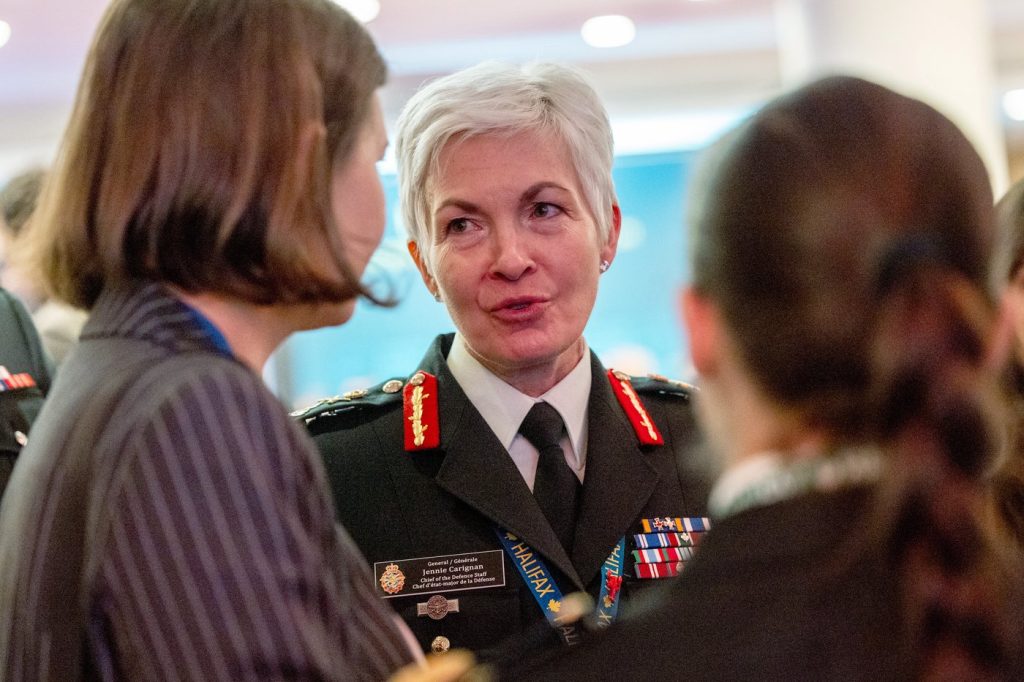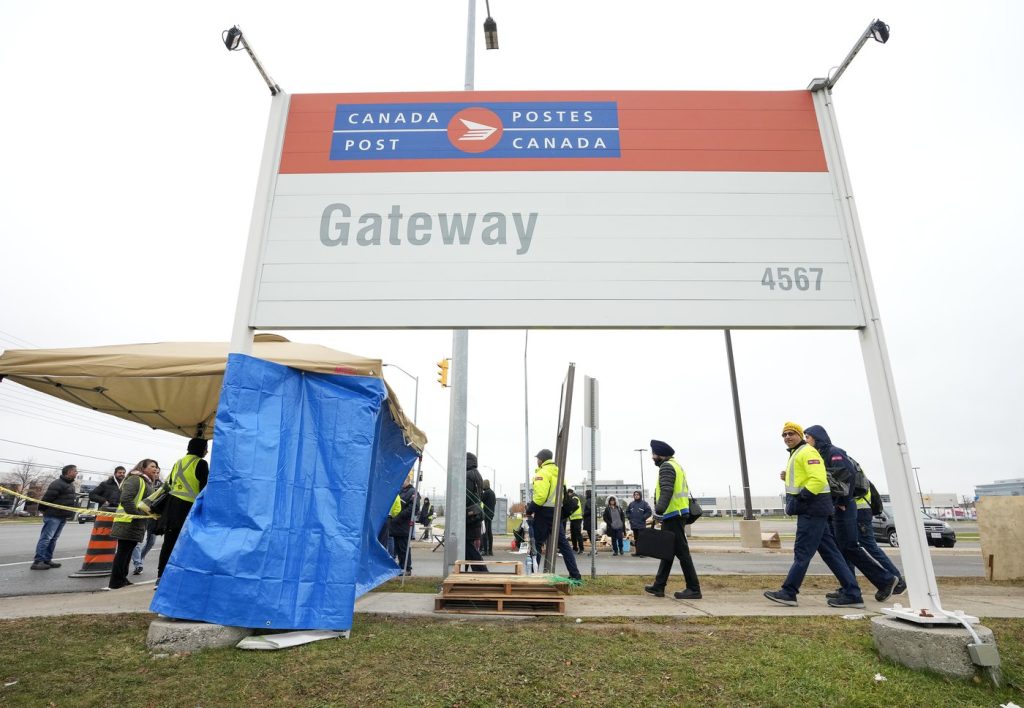Half of elementary students at Peel public board opted for online learning

Posted October 1, 2020 5:32 am.
Last Updated October 1, 2020 9:14 pm.
Nearly half of students at public elementary schools in a COVID-19 hot spot west of Toronto are learning online, according to data provided by the school board.
Upwards of 54,600 elementary students have opted for remote learning this year at the Peel District School Board, while roughly 57,300 have returned to the classroom – a split far higher than the roughly one-third of elementary students learning from home at neighbouring boards.
The Peel board saw a sharp increase in students opting for remote learning over the course of the last month, according to numbers it shared. In late August, just 35,800 students had registered for online learning, compared to 78,300 who indicated a preference for in-class lessons.
The Catholic school board in the region – the Dufferin-Peel Catholic District School Board – said about 14,150 elementary students are learning online, compared to 32,400 who have returned to the classroom, meaning just 30 per cent are taking remote classes.
Meanwhile, roughly 59,200 of the Toronto District School Board’s 174,000 elementary students – or about 35 per cent – are learning online, that board said.
But Vickita Bhatt, an elementary teacher with the Peel board, said the number of students learning from home has had little effect on life in the classroom.
“Some families thought that ‘if I keep my child at home, then that might alleviate the burden and that might mean smaller classroom sizes for those that need to send their kids to face-to-face school, because they’re front-line workers, etc.,'” she said.
That, Bhatt said, was a misconception.
The school funding model, which is based largely on the number of students in a given classroom, has meant the board needed to collapse and combine in-person classes, she said.
Bhatt, who teaches French, art, drama and health, said she’s seen that firsthand and noted that the situation increases exposure risks for students and staff.
“I worry. And I worry for my colleagues, because I’m a rotary teacher,” she said. “So I go into three different classes with 23 or 24 kids each, so it is difficult.”
“What was disappointing to me is that all of this could have been avoided, had we, you know, capped classroom sizes, and the government would have just given adequate funding to boards to roll out the plan that they wanted,” she said.
A spokeswoman for the Minister of Education defended the plan, saying it was “informed by the best medical and scientific minds in the country.”
“We are proud to lead the nation in COVID-19 school reopening funding, an aggressive masking policy for grades 4-12, hiring up to 1,300 custodians and $75M in additional cleaning funding, along with the hiring of 625 public health nurses to support student health in our schools,” Caitlin Clark said in an email.
The Peel board, meanwhile, said in a written statement that it was “committed to staff and student safety, as well as providing the very best learning opportunities we can for our students regardless of online or in-person attendance.”
“We have staffed our schools according to Ministry expectations and this has required us to reorganize our in-person schools to ensure we have enough teachers to teach our online classes,” the statement reads.
The board’s high schools are running on an adapted model, with students who chose in-class learning only attending school half the time to minimize contact with their peers.
Still, the board said 27 per cent of high schoolers – around 11,200 – are learning fully online.
Peel Public Health said it’s seen 9,707 cases of COVID-19 throughout the pandemic, 8,396 of whom have recovered, and 329 deaths.
It said 5,660 of those cases are from Brampton, Ont., – meaning the city of 600,000 accounts for 11 per cent of Ontario’s COVID-19 cases, but only four per cent of the province’s population.








